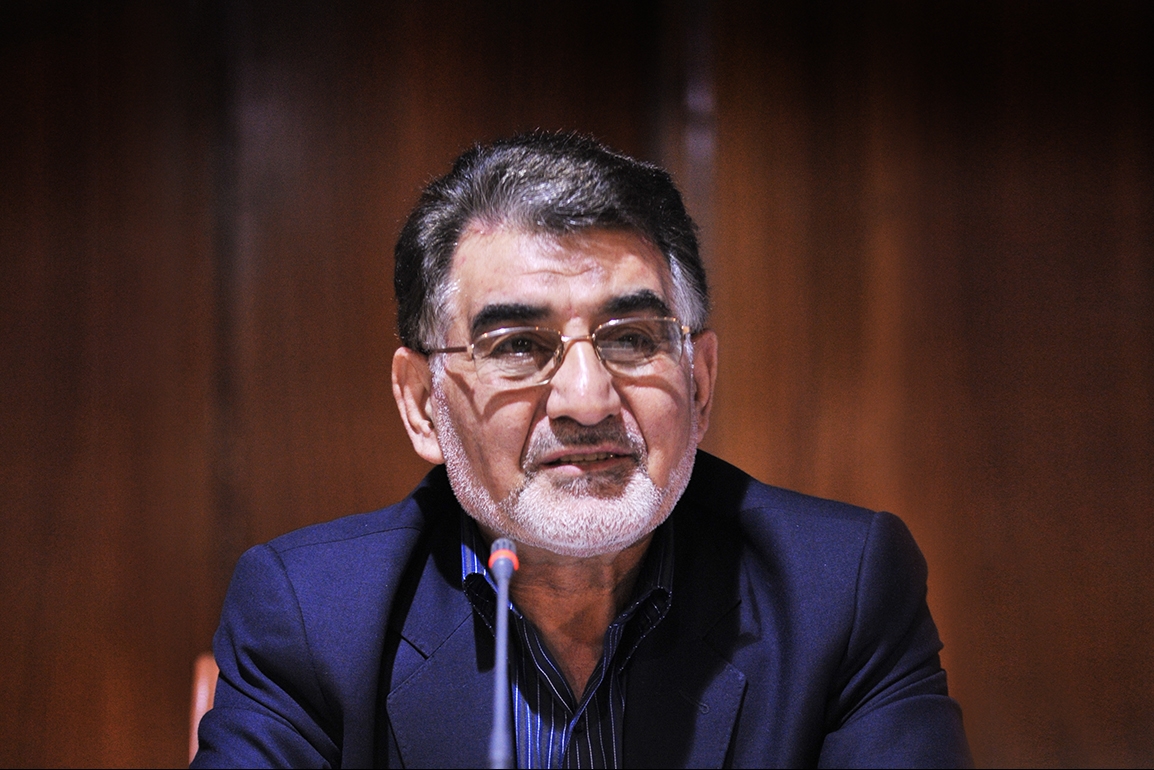The plans and policies devised in the Banking Overhaul Plan—signed into law by President Hassan Rouhani earlier this month—show that the country’s economic officials, including the economy minister and the governor of the Central Bank of Iran, are aware of the problems and looking for ways to resolve them, the former head of Tehran Chamber of Commerce, Industries, Mines and Agriculture.
“A part of the problems pertains to the infrastructure and capabilities of the banking system. In view of the toxic assets and the fact that 33% of banking resources are locked, loans must be directed toward the production sector,” Yahya Al-e Es’haq was also quoted as saying by Khabar Online.
“In the production sector, there are important factors such as small- and medium-sized enterprises that play an important role in creating jobs and helping production. Unfortunately, these sectors receive no backing from any of the banks.”
Al-e Es’haq noted that Iran’s banking system has no kind of clear discipline concerning supervision or management, and decisions are not made in accordance with the reality of the economy.
The Banking Overhaul Plan–enacted by President Hassan Rouhani to overhaul the outdated banking system–consists of several aspects, including a focus on core banking and a unified data platform.


